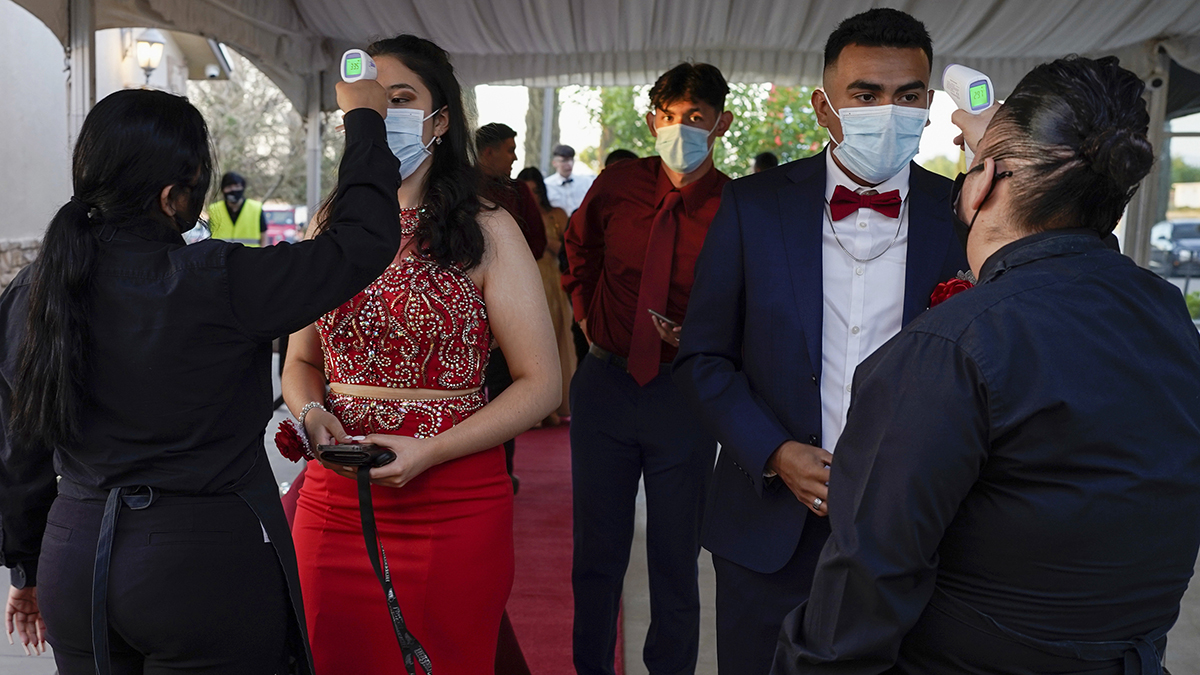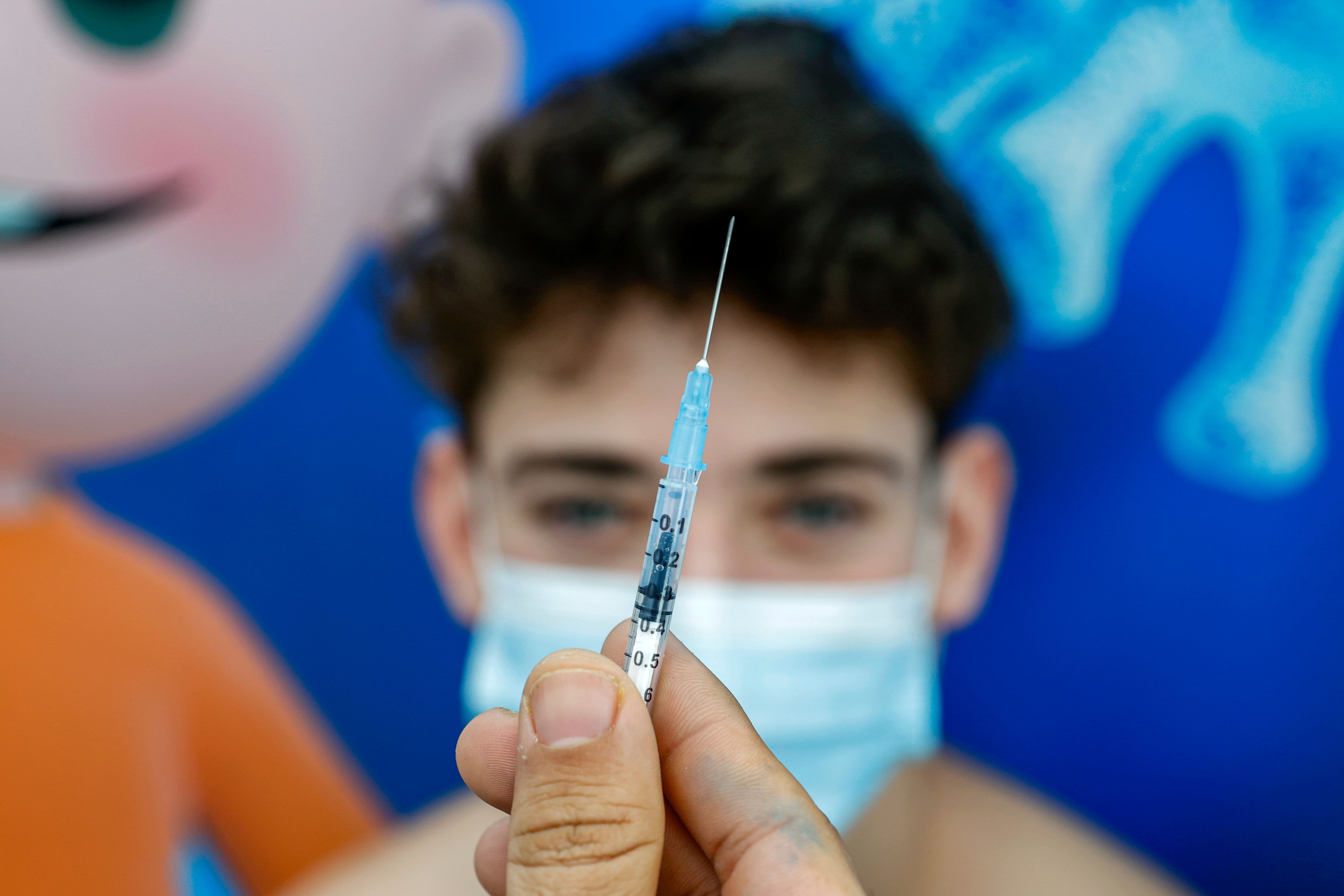The number of Massachusetts communities at the highest risk of coronavirus transmission is in the single digits after dropping by more than half since last week.
The town-by-town coronavirus data released Thursday showed six communities in the high-risk red zone, down from 13 last week. The figure has declined for weeks; the most communities in the high risk "red zone" was in mid-January, when there were 229 cities and towns in it.
WATCH ANYTIME FOR FREE
Stream NBC10 Boston news for free, 24/7, wherever you are. |
The town-by-town coronavirus risk data classifies communities' risk level on a scale from red, the highest, to grey, and is one of many metrics tracked by the state that had been showing the latest COVID surge subsiding. (See this week's full list of red zone communities below.)
Get updates on what's happening in Boston to your inbox. Sign up for our News Headlines newsletter.
Massachusetts COVID Hot Spots

The following six communities are in the highest risk level as of Thursday: Acushnet, Edgartown, Lawrence, Lowell, New Bedford and Taunton.
Of those communities, one is newly in red on the list this week: Acushnet.
And eight communities dropped out of red: Brockton, Chicopee, Dracut, Haverhill, Littleton, Nantucket, Rochester and Springfield.
To qualify for the red, high-risk category under the metrics, communities with populations under 10,000 must have more than 25 cases. For mid-size communities of between 10,000 and 50,000 people, they must have an average of more than 10 cases per 100,000 people and a positive test rate of more than 5%. And for larger communities of greater than 50,000 people, they must have more than 10 cases per 100,000 people and a positive test rate of more than 4%.
Previously, the state used the number of cases detected on average each day over two weeks to determine if Massachusetts' communities are at high risk for coronavirus transmission. The new list factors in population size and positive test rate.
See the full list, and the risk map itself, on the Massachusetts Department of Health COVID dashboard.



